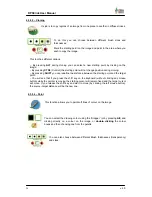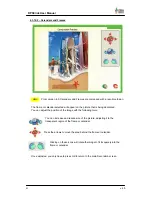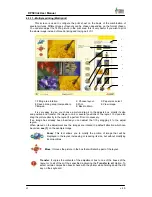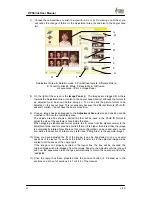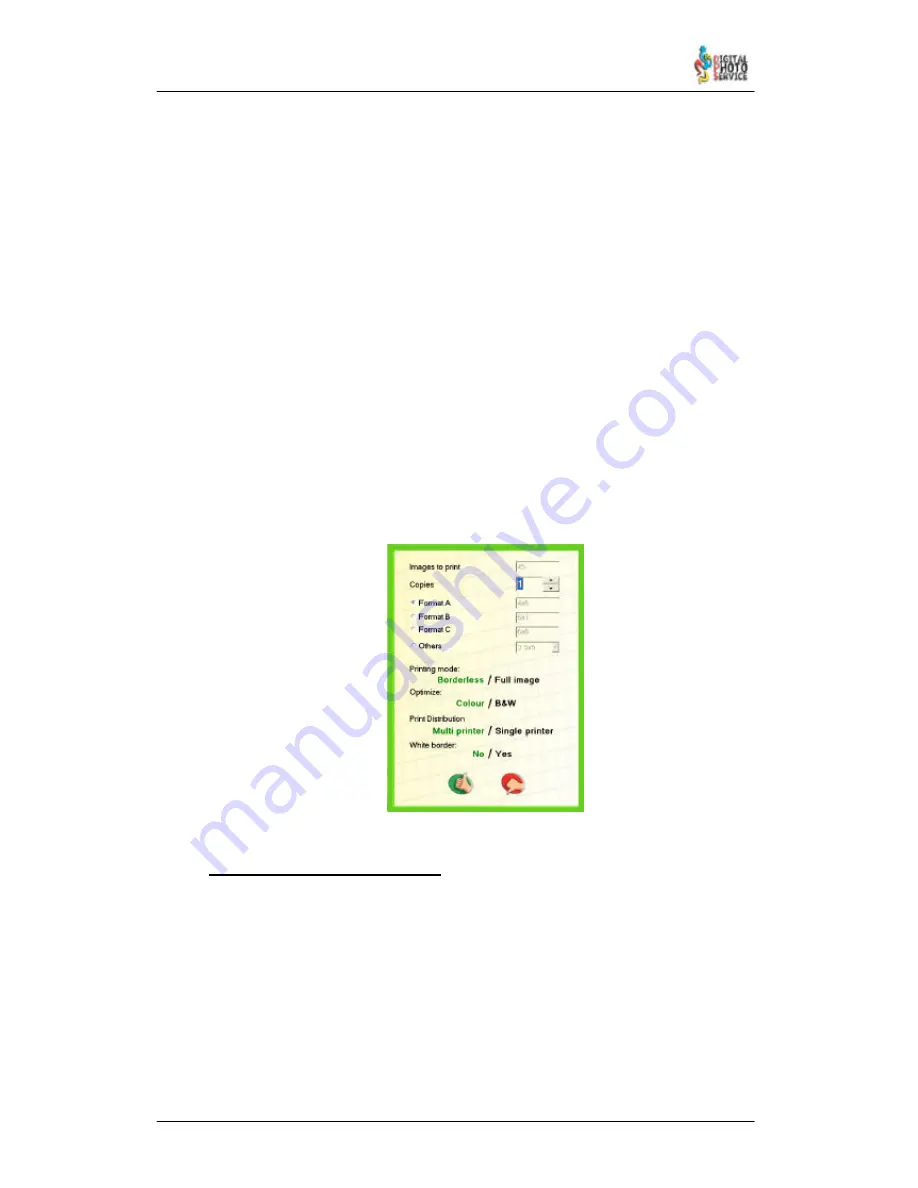
47
DPSClick User Manual
v. 4.0
5) The Selection screen will appear. To learn how this works see section 4.2.2 of the manual.
6) Once the loading process is complete the Browser screen will appear.
7) Depending on the type of images being loaded, all the miniatures will be displayed or else
a slower one–by–one loading process will take place. This is due to the characteristics of
the original images and not the DPSClick system.
8) The images loaded are distributed in different pages of the main panel of the Browser
screen.
9) You need not complete the miniature loading process on a page if you do not want to.
This process can be interrupted by clicking the pause button to the right of the image
panel. This may be useful to access the next page directly if each page is taking a long
time to load. When you go back to the pages the loading process will restart from where it
was interrupted.
10) Once the image loading process is complete you can select one and examine it with the
Preview button (see section 4.3.1), return to the Browser screen and click the print button,
for example.
The following menu will appear, where you can change the number of copies per image
to be printed, the format (in the example it is 10x15cm) and the optimisation of the printer
for colour or Black and White / Sepia.
On clicking OK the jobs will be placed on the spooler.
4.4.2.1. Management of big images
Some customers are going to photo-shops with CD-ROM with big image files with big
resolutions (each file 100Mb, for example).
Once the file is loaded after a few minutes, if you try to adjust the colors or make some
decoration with the image, is very hard to work with it. As the maximum resolution needed for
CP3020 is 25Mb, you can reduce those big files to 30Mb if you want. You will be warned of the
big resolution because this is marked in blue in the information bar of Browser screen.




